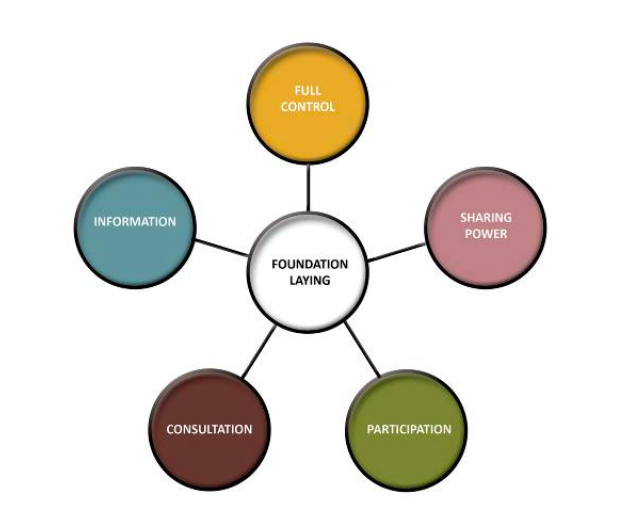In our latest website survey, Sergi L. asked: "What is the opinion of people experiencing homelessness about the different services available to them? Are their needs and opinion taken into account? Are there any services built up from their own opinion and/or participation?"
This is a great question, as it encourages us to consider how often people experiencing homelessness are actually involved in developing services meant for them. There are, however, many people experiencing homelessness with many different identities, backgrounds, and circumstances; so there’s no single opinion that I can point to as “the homeless opinion” of services. Opinions on service effectiveness and quality would vary greatly, depending who you asked and about which services.
But are these opinions included from the very beginning? Not often enough. Our e-book, Homelessness is Just One Piece of My Puzzle, includes stories from many people with lived experience of homelessness; many of which reference various services that the person accessed. Key themes that emerged included the need for more early engagement and more coordinated services. As Richard Henry wrote:
I would like to see a facility that would have people come in one door and have everything they need under one roof—like one-stop shopping. To the left we have doctors, dentists, psychiatrists and mental health care; on the right we have addiction counsellors, personal care workers for housing, etc. So at the end, when you walk out the last door, you’re ready for a new start.
This is, of course, rarely how services are structured. Although this is just one person’s opinion, it is easy to see how a system that would work best for people experiencing homelessness – with so many barriers making life difficult, integrated services would be much more effective for them – is not taken up in the same way by the organizations funding and running the services.
Moving towards inclusion
While peer programs and participatory research studies have grown in popularity, people experiencing homelessness have historically been excluded from the research and planning of services and programs. This is a problem not only because experiencing homelessness face social exclusion in general, but also because leaving people with lived experience out of service planning creates unnecessary divisions. A quote from FEANTSA’s Participation Toolkit illustrates the negative effects that this can have:
...the main effect of putting distance between ‘providers’ and ‘users’ and neglecting human capacity is to make people weaker rather than stronger, more isolated and divided from each other, more dependent rather than more resourceful, and more at risk of ill-being and distress. (Boyle, D., Coote, A., Sherwood, C., & Slay, J. (2010)
The toolkit defines the types of participation possible (pictured right) and recommended that people with lived experience have an impact on the “person” level (meaning, someone gains something through being involved, like income, education and/or skills); as well as in policy/planning, practice and perception.
Most programs that serve people experiencing homelessness include them in the evaluation stage (or consultation) but this isn’t early enough to ensure that people feel genuinely involved or that the services will truly meet their needs. In many circumstances, people with lived experience are included only after projects have been defined – creating a power imbalance that can be difficult to change.
A 2013 study with the People with Lived Experience Caucus, who worked with the At Home/Chez Soi project, showed that participatory research and planning requires careful consideration and planning. Lessons learned regarding inclusion in a caucus model included: involving community members from the beginning, before big decisions are made; considering paying members for time and labour; and creating a transparent selection process for members. Clearly, people with lived experience need to be part of service and program development from the beginning – ideally, they are the ones proposing programs and services that they and their communities need.
Assessing inclusion in services/programs
If you’re curious about how inclusive a particular service or program is, here are some factors to consider:
- Program/service leader (Who is organizing? Why? Where did the idea come from?)
- Representation (Where are the people with lived experience? Is there an advisory board, a caucus, are they within the organization?)
- Community consultations, focus groups (Was anyone with lived experience asked what they need?)
- Exit interviews (to get feedback)
- Jobs (are people with lived experience hired at the organization in peer or other roles?)
For more resources, check out:
The Inclusion Research Handbook
Participation Toolkit (2015): 25 Self-Assessment Tools & Tips
Participation Toolkit – Redistributing the Power (2007)
This post is part of our Friday "Ask the Hub" blog series. Have a homeless-related question you want answered? E-mail us at thehub@edu.yorku.ca and we will provide a research-based answer.


